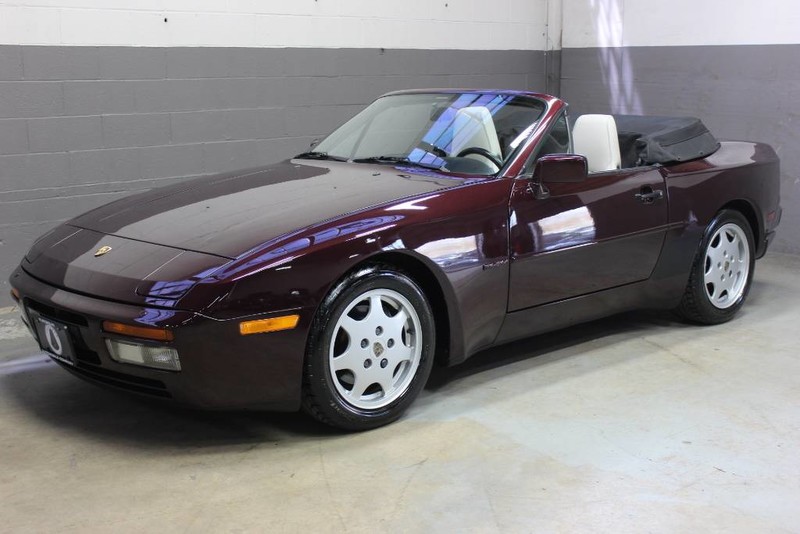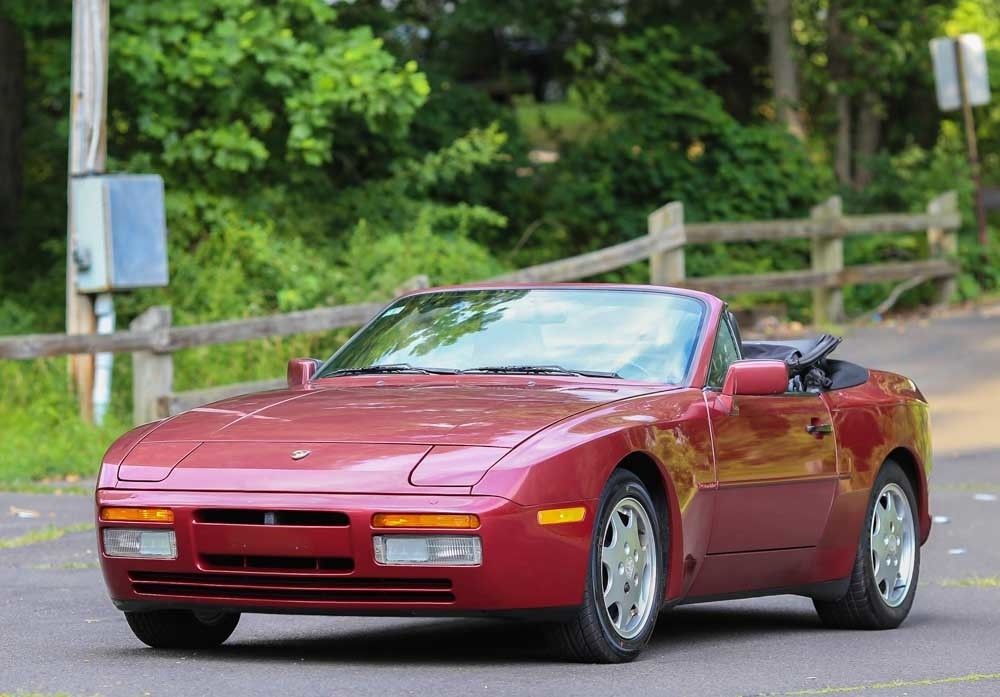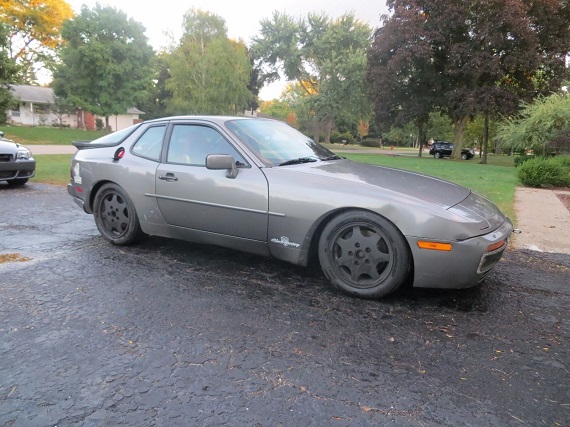Like the Volkswagen Cabrio, the 944S2 Cabriolet isn’t a car that gets a lot of press on these pages. But that doesn’t mean it doesn’t have the makings of a classic. Like the Cabrio, it sold in small numbers in the tight times of the early 1990s; Porsche claims it sold only 2,386 in the United States. And it has a potent power plant in the revised 3.0 16V inline-4; pushing 207 horsepower and 208 lb.ft of torque, it was nearly as potent as the first generation Turbo without the inherent lag or accompanying bills. Yet it shared the same perfect weight balance with the rear-mounted transaxle, Turbo brakes and larger roll bars along with the integrated Turbo-look nose and tail. The S2 also received the new “Design 90†wheels that helped to bring it in line with late 928S4 and 964 models.
However, the 944S2 Cabriolet has always been overshadowed. First, for the sporting drivers out there, most will be seeking the clean lines of the S2 Coupe. Then there is always the more popular 911 Cabriolet, but it’s real competition is the later 968 Cabriolet. With more power, revised looks and a 6-speed manual, those late 968s are by most accounts the ones to get. But to me, that means that a clean 944S2 is a better value while offering you most of the experience of the VarioCam. Let’s consider this beautiful Cyclamen Red Metallic example:






